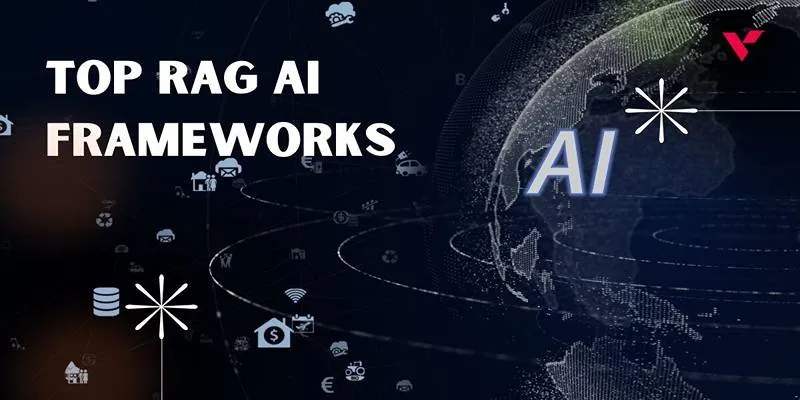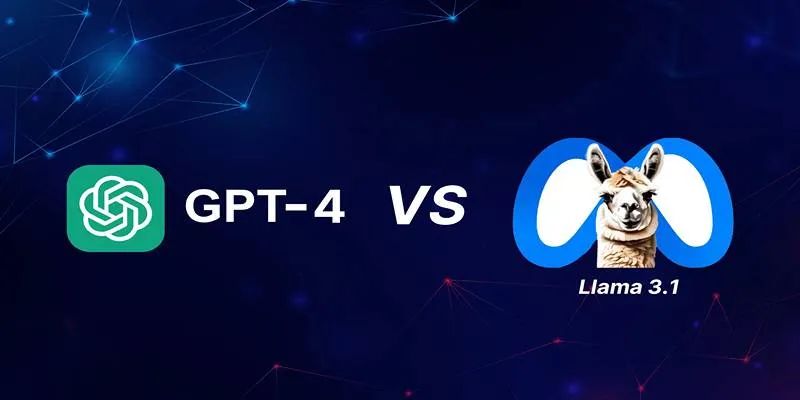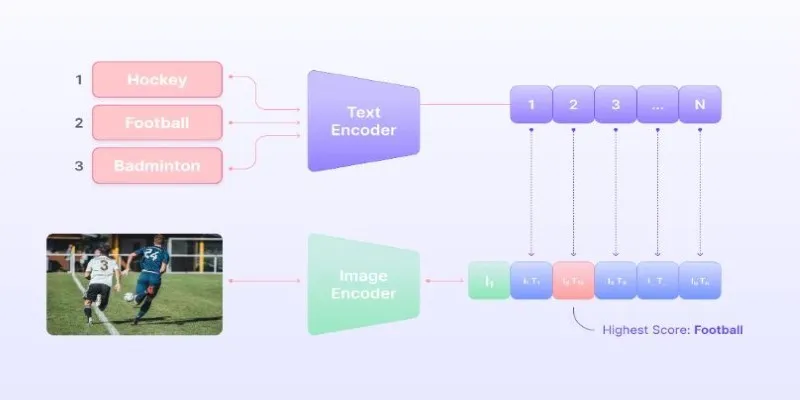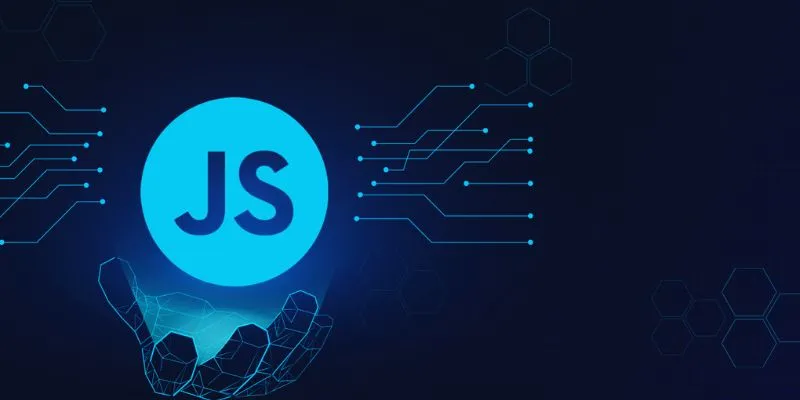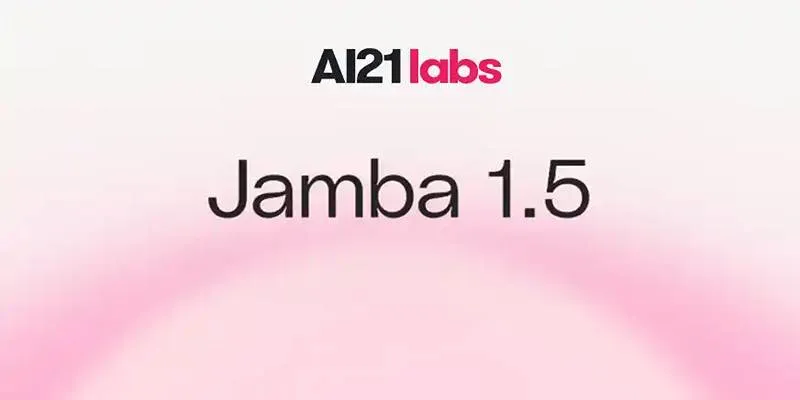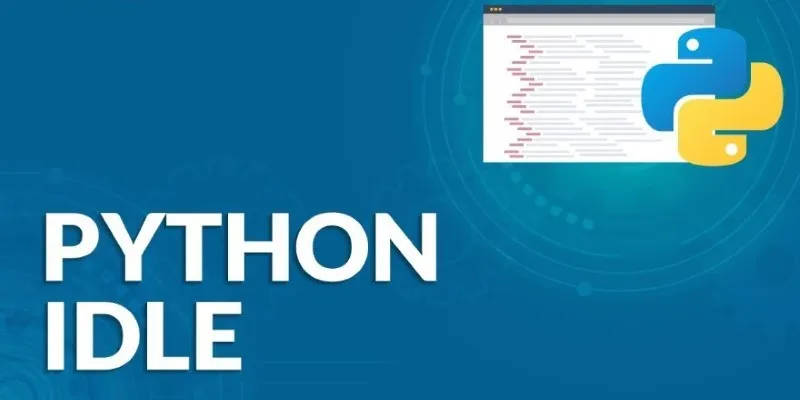In the era of intelligent machines and large language models (LLMs), Retrieval-Augmented Generation (RAG) has emerged as one of the most exciting and transformative advancements. RAG systems combine the generative power of LLMs with the precision of information retrieval—creating AI applications that are both factual and contextually aware.
Whether you’re a data scientist, developer, AI researcher, or simply an enthusiast eager to explore the mechanics of RAG, diving into well-structured literature is a great place to start. So, if you’re wondering which resources to pick up, this post has curated a list of the top 6 books on Retrieval- Augmented Generation that provide practical strategies, technical walkthroughs, and real-world applications. Let’s get started!
1. Retrieval-Augmented Generation (RAG) AI: A Comprehensive Guide
Author : AI Explorer Series
Ideal For : Beginners to intermediate AI practitioners
This book provides an in-depth introduction to what RAG is, why it matters, and how to implement it effectively. It begins with the evolution of AI paradigms, leading up to the development of retrieval-based methods. The reader is taken through retrieval model types, the architecture of RAG systems, and how language models are enhanced through dynamic retrieval. It doesn’t stop at theory; the book covers real-world use cases, hands-on project ideas, and scalability using cloud-based support.
Key Highlights:
- Deep dive into RAG architecture
- Case studies on RAG in production
- Techniques for fine-tuning models on domain-specific data
- Insights into the future of retrieval-enhanced systems
It is a must-read foundational guide if you’re beginning your RAG journey or planning to implement it in enterprise-grade projects.
2. RAG-Driven Generative AI: Custom Pipelines with LlamaIndex, Pinecone,
Deep Lake
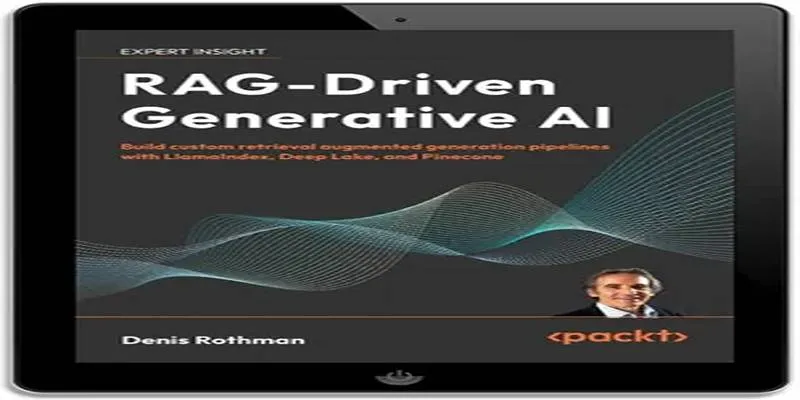
Author : Not specified
Ideal For : Intermediate to advanced AI engineers
As the name suggests, this book takes you into the trenches of building custom RAG pipelines using cutting-edge tools like LlamaIndex and Deep Lake and vector databases such as Pinecone and Chroma. If you’re familiar with LLMs but are struggling with designing robust retrieval pipelines, this book breaks it down in a structured and scalable way. You’ll learn how to link LLM outputs to original documents to increase factual accuracy and minimize hallucinations—a key value of RAG systems.
Key Highlights:
- Building vector-based retrieval systems
- Balancing cost-efficiency with performance
- Multimodal integration for richer AI interactions
- Frameworks for reducing hallucinations in LLM responses
If you’re working in a real-time environment where accuracy and traceability are paramount, this guide is packed with applicable insights.
3. Evolving RAG Systems for LLMs: From Naive to Modular Architectures
Author : Not specified
Ideal For : Developers, researchers, and advanced learners
This book maps out the evolution of RAG systems with large language models—from basic naive retrieval setups to more advanced and modular architectures. It does a stellar job of simplifying complex theories and is filled with actionable frameworks for building modular and maintainable RAG systems.
Key Highlights:
- Comparing naive and modular RAG system design
- Real-world examples and domain-specific adaptations
- Future outlook on RAG-powered applications
- Simplified breakdowns of advanced RAG concepts
It is an essential book if you want to grasp the strategic design evolution of RAG systems while staying grounded in real-world use cases.
4. RAG with Langchain: Building Powerful LLMs with Langchain Integration
Author : Not specified
Ideal For : Beginners, no-code/low-code enthusiasts, and product builders
This book offers a friendly yet insightful introduction to combining Langchain with RAG to build effective LLM-driven applications. What sets it apart is its accessible language—perfect for those who don’t have a deep technical background but still want to leverage RAG’s capabilities.
From the basics of LLM pipelines to ethical implications, bias mitigation, and a full lifecycle overview—from data ingestion to model tuning—the book provides a holistic guide to AI system development.
Key Highlights:
- Hands-on Langchain integration with RAG
- Addressing AI ethics and bias in model design
- Lifecycle coverage from data entry to deployment
- Real-world impact of LLMs in daily use cases
It is a great pick for startup founders, students, and tech enthusiasts looking to build impactful solutions without extensive coding expertise.
5. Hybrid Search with RAG: Real-Life Production-Grade Applications
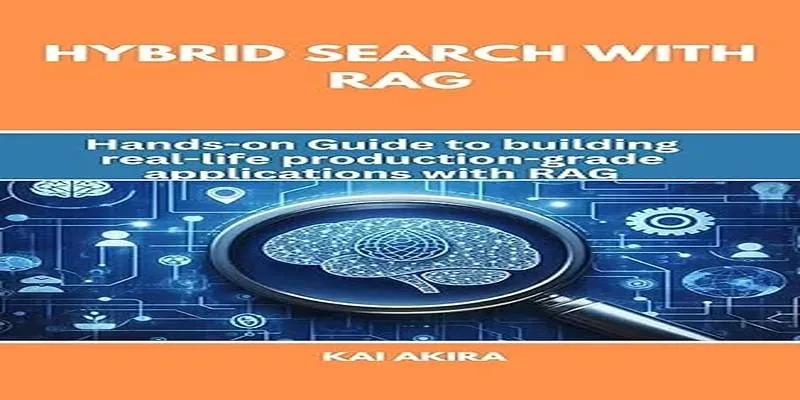
Author : Not specified
Ideal For : Search engineers, full-stack developers, and ML ops teams
Hybrid search—blending semantic and keyword-based search—is a game-changer for AI-powered applications. This book zeroes in on how hybrid search can be implemented using RAG to deliver more accurate, relevant, and human-like responses. It’s highly technical, offering code snippets, design patterns, and performance optimization tips.
Key Highlights:
- An in-depth look at hybrid semantic and keyword search
- Techniques to improve retrieval quality and system performance
- Scalable deployment practices using cloud
- Continuous learning strategies for AI systems
It is one of the most practical, engineering-focused guides available on building robust, search-heavy RAG applications.
6. Unlocking Data with Generative AI and RAG
Author : Not specified
Ideal For : Business analysts, data scientists, and cross-functional AI
teams
This final entry blends theory with practical wisdom, helping readers understand how to unlock internal organizational data using RAG-enhanced LLMs. The author, with years of machine learning experience, breaks down everything from prompt engineering and vectorization to scalability and deployment.
What makes this book stand out is its balanced approach, catering to both technical and non-technical readers. Real-world case studies illustrate RAG’s use across industries—from finance to customer support—showing how it can elevate both internal operations and customer-facing tools.
Key Highlights:
- Step-by-step coding with LangChain and Chroma
- Data quality and prompt engineering techniques
- Application in enterprise AI ecosystems
- Guidance for both technical and business-oriented teams
This book is perfect for interdisciplinary teams looking to harness AI’s full potential without losing sight of business goals.
Conclusion
As the demand for intelligent, context-aware AI systems continues to grow, RAG has emerged as a key enabler of trustworthy and efficient AI. These six books offer theory, tools, and hands-on guidance to help you harness its power—whether you’re building internal search engines, chatbots, virtual assistants, or decision-support tools. Each book on this list brings a different perspective—some are beginner-friendly, and others dive into complex system architecture.
 zfn9
zfn9

